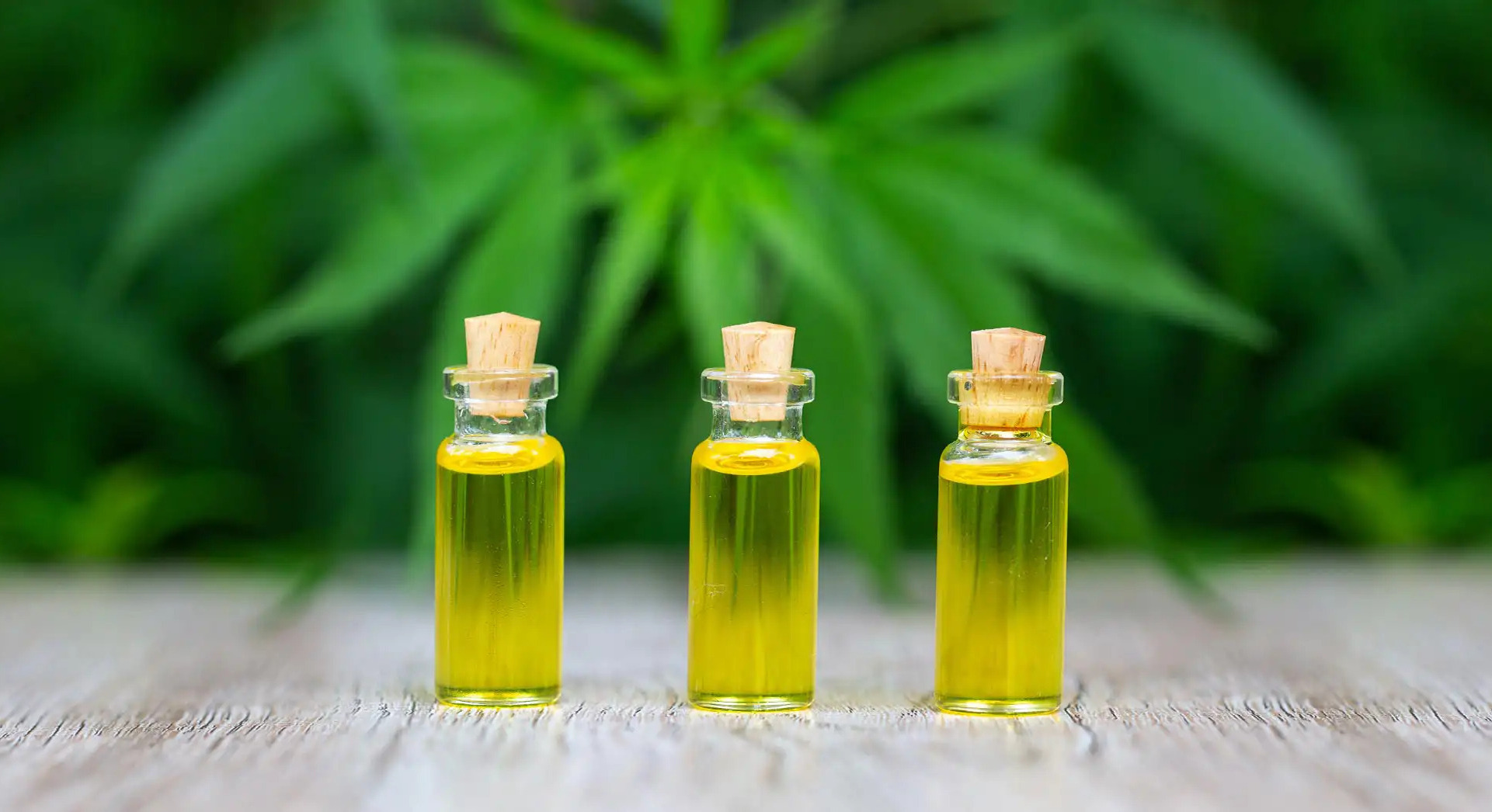

Articles
How To Store Cannaoil
Modified: August 16, 2024
Learn the best way to store your homemade cannabis-infused oil in this informative article. Keep your cannaoil fresh and potent for longer periods.
(Many of the links in this article redirect to a specific reviewed product. Your purchase of these products through affiliate links helps to generate commission for Storables.com, at no extra cost. Learn more)
Introduction
Storing cannaoil properly is essential for maintaining its quality and potency. Cannaoil, also known as cannabis-infused oil, is a versatile ingredient commonly used in cooking and baking. Whether you have made your own cannaoil or purchased it from a dispensary, proper storage is crucial in order to preserve its freshness and maximize its shelf life.
In this article, we will explore the importance of storing cannaoil correctly and provide you with valuable tips to ensure its longevity. By following these guidelines, you can maintain the potency and flavor of your cannaoil, allowing you to enjoy its benefits for a longer period of time.
Key Takeaways:
- Proper storage of cannaoil is crucial for maintaining its quality, potency, and flavor. Choose the right container, store in a cool, dark place, handle with clean hands, minimize air and moisture exposure, and consider refrigeration or freezing to extend shelf life.
- Labeling cannaoil containers with preparation date, strain used, dosage information, and storage instructions is essential for tracking freshness and potency. Proper storage practices ensure a high-quality product for culinary and medicinal use.
Read more: How To Store Store-Bought Bread
What is CannaOil?
Cannaoil is a form of cannabis-infused oil that is made by extracting the active compounds, such as cannabinoids like THC and CBD, from cannabis plant material. It is commonly used as a base ingredient in various culinary applications, including cooking and baking.
To make cannaoil, the cannabis plant material is typically decarboxylated, a process that involves heating it to activate the cannabinoids. The decarboxylated material is then infused with a carrier oil, such as olive oil or coconut oil, to extract the desired compounds. The result is a potent oil that can be used to create delicious cannabis-infused recipes.
Cannaoil is a popular choice for cannabis enthusiasts who want to incorporate the euphoric and therapeutic effects of cannabis into their meals. It allows people to enjoy the benefits of cannabis in a discrete and convenient way, as it can be easily incorporated into a variety of dishes.
One of the major advantages of cannaoil is its versatility in the kitchen. It can be used as a substitute for regular cooking oils in recipes, such as sautéing vegetables, frying foods, or even making salad dressings. The cannabinoids in the cannaoil infuse into the dishes, providing both flavor and the desired effects of cannabis.
It is important to note that cannaoil can be quite potent, so dosage is crucial. Beginners should start with smaller amounts and gradually increase the dosage as needed. It is always advisable to consult with a medical professional or experienced cannabis user to determine the appropriate dosage for your needs.
Now that we have a better understanding of what cannaoil is, let’s delve into why it is crucial to store it properly to maintain its quality and effectiveness.
Why Store CannaOil Properly?
Properly storing cannaoil is essential for several reasons. Firstly, it helps to maintain the quality and potency of the oil. Cannaoil contains delicate compounds, such as cannabinoids, that can degrade over time if not stored correctly. By ensuring optimal storage conditions, you can preserve the potency of the cannaoil, allowing you to enjoy its full benefits.
Secondly, storing cannaoil properly helps to maintain its flavor. Like any other cooking oil, cannaoil can go rancid if exposed to heat, light, or air. This can result in a stale or unpleasant taste that can ruin the overall culinary experience. By following the proper storage guidelines, you can ensure that your cannaoil remains fresh and full of flavor.
Additionally, storing cannaoil properly helps to prolong its shelf life. The shelf life of cannaoil can vary depending on factors such as the type of oil used, the extraction process, and storage conditions. By storing cannaoil correctly, you can extend its shelf life and avoid wasting a valuable ingredient.
Moreover, proper storage of cannaoil is important for safety reasons. If cannaoil is not stored correctly, it can be exposed to contaminants or bacteria that can lead to spoilage or even pose a health risk. By implementing proper storage practices, you can ensure that your cannaoil remains safe to consume.
Lastly, storing cannaoil properly helps to maintain its discretion. Cannabis-infused products can carry a strong aroma, and cannaoil is no exception. By storing it properly, you can minimize any odors and keep your cannaoil discreet, especially if you live in a place where cannabis is not yet legal.
Overall, proper storage of cannaoil is crucial for maintaining its quality, potency, flavor, shelf life, and safety. Now that we understand the importance of storing cannaoil correctly, let’s explore the factors to consider before storing cannaoil.
Factors to Consider Before Storing CannaOil
Before storing cannaoil, there are several important factors to take into consideration to ensure its longevity and quality.
1. Quality of the Ingredients: The quality of the cannabis used to make the cannaoil is essential. Ensure that you are using high-quality cannabis flower or trim that has been properly cured and stored. Using poor-quality cannabis can result in a subpar cannaoil.
2. Extraction Method: The method used to extract the cannabinoids from the cannabis plant material can impact the quality of the cannaoil. Proper extraction techniques, such as using low heat and long infusion times, can yield a more potent and flavorful oil.
3. Type of Carrier Oil: The choice of carrier oil used to infuse the cannaoil is another important consideration. Different oils have different flavors and nutritional profiles. Common choices include olive oil, coconut oil, and grapeseed oil. Choose a high-quality oil that complements your desired flavor profile.
4. Storage Containers: Selecting the right storage container is crucial for maintaining the quality of the cannaoil. Use dark-colored glass bottles or jars that are airtight to protect the oil from light, air, and moisture. Avoid using plastic containers, as they can leach chemicals into the oil.
5. Storage Location: Find a suitable location to store your cannaoil. It should be cool, dark, and dry. Exposure to heat, light, and moisture can degrade the cannabinoids and compromise the quality of the oil. Consider storing the cannaoil in a pantry, cupboard, or refrigerator.
6. Avoid Contamination: Ensure that all utensils, storage containers, and surfaces used in the making and storing of cannaoil are clean and free from contaminants. Contamination can lead to spoilage or a decrease in the shelf life of the oil.
7. Labeling: Properly label your cannaoil containers with the date of preparation and the type of cannabis used. This will help you keep track of its freshness and potency over time.
8. Dosage Calculations: Calculate the dosage of cannaoil accurately to ensure the desired effects. Be aware of the potency of the cannaoil and adjust the amount used in recipes accordingly.
By considering these factors before storing your cannaoil, you can ensure that it maintains its quality, potency, and flavor for an extended period of time. Now, let’s explore the different container options for storing cannaoil.
Choosing the Right Container for Storing CannaOil
When it comes to storing cannaoil, selecting the right container is crucial for maintaining its freshness and potency. Here are some factors to consider when choosing the container for storing your cannaoil:
1. Material: Opt for dark-colored glass containers, such as amber or cobalt blue, as they help to block out light and protect the cannaoil from UV rays. Glass containers also do not leach any chemicals into the oil, ensuring the purity of the cannaoil.
2. Size: Choose a container size appropriate for your needs. Smaller containers are ideal if you plan to use the cannaoil within a shorter period of time, as it minimizes exposure to air and oxidation. Larger containers may be more suitable for long-term storage.
3. Airtight and Leakproof: Ensure that the container has a tight-fitting lid or cap to prevent air from entering and oxidizing the cannaoil. It should also be leakproof to avoid any potential spills or contamination.
4. Visibility: Consider using containers that are opaque or tinted, as they help to shield the cannaoil from light. This is important to maintain the potency of the cannabinoids and prevent degradation.
5. Labeling: It is essential to label your cannaoil containers with the date of preparation and other relevant details, such as the strain of cannabis used or the dosage per serving. This will help you keep track of the freshness and potency of the cannaoil over time.
6. Secondary Packaging: If you have purchased cannaoil in a clear glass bottle, consider transferring it to a darker glass container to protect it from light. This secondary packaging ensures optimal storage conditions and helps maintain the quality of the cannaoil.
7. Store in a Cool and Dark Place: Regardless of the type of container you choose, make sure to store it in a cool and dark place, such as a pantry or cupboard. Avoid storing the cannaoil near heat sources or in direct sunlight, as this can degrade the cannabinoids and lead to a decrease in potency.
By considering these factors and choosing the right container, you can effectively preserve the quality, flavor, and potency of your cannaoil. Next, we will explore the best practices for storing cannaoil in a cool and dark place.
Read more: How To Store Basil From Grocery Store
Storing CannaOil in a Cool and Dark Place
Proper storage of cannaoil in a cool and dark place is crucial for maintaining its quality and preserving its potency. Here are some guidelines to follow when storing cannaoil:
1. Temperature: Cannaoil should be stored at a temperature below 70°F (21°C). Higher temperatures can cause the cannabinoids to degrade and can lead to a decrease in potency. Avoid storing cannaoil near heat sources such as stoves, ovens, or radiators.
2. Light Exposure: Light can degrade the cannabinoids in cannaoil, so it’s important to store it in a dark place. Choose a cool and dark cupboard or pantry away from direct sunlight. If the container is transparent, consider wrapping it in aluminum foil or storing it in an opaque bag or box.
3. Shelf Placement: Store your cannaoil on a low shelf rather than higher up. This is because heat rises, and higher shelves are usually warmer than lower ones. By keeping it on a lower shelf, you reduce the risk of exposing the cannaoil to temperature fluctuations.
4. Air Circulation: Proper air circulation is important to prevent the accumulation of moisture, which can lead to mold or spoilage. Avoid storing cannaoil in airtight containers without any ventilation. Instead, choose containers that allow a small amount of air exchange.
5. Moisture and Humidity: Moisture and humidity can also affect the quality and shelf life of cannaoil. Avoid storing cannaoil in areas of high humidity, such as near the stove or sink. Make sure the container is tightly sealed to prevent moisture from entering and causing spoilage.
6. Avoid Temperature Fluctuations: Rapid temperature changes can affect the consistency and potency of cannaoil. Avoid placing the container in areas that experience frequent temperature fluctuations, such as near windows or doors. Maintain a consistent temperature to ensure the stability of the oil.
7. Avoid Refrigeration Challenges: While it is generally recommended to store cannaoil in a cool place, refrigeration may not be suitable for all types of oils. Refrigeration can cause some oils, such as olive oil, to solidify or become cloudy, affecting their texture and appearance. Follow the specific instructions for the type of oil you are using to determine if refrigeration is necessary.
By following these guidelines and storing cannaoil in a cool and dark place, you can maintain its quality, flavor, and potency. However, it’s important to note that cannaoil does have a limited shelf life, and over time, the potency may decrease. Next, let’s discuss important considerations regarding cannaoil shelf life and expiration.
Store your cannabutter or cannaoil in an airtight container in the refrigerator or freezer to extend its shelf life. Make sure to label it clearly to avoid any confusion with regular cooking oils.
Keeping CannaOil Away from Moisture and Air
Properly protecting cannaoil from moisture and air is essential for maintaining its quality and preventing spoilage. Here are some important considerations to keep in mind:
1. Moisture: Moisture is one of the main culprits that can lead to mold growth and spoilage of cannaoil. Ensure that the container used to store the cannaoil is completely dry before transferring the oil. Avoid storing cannaoil in areas prone to high humidity, such as near the sink or in a bathroom.
2. Air Exposure: Exposure to air can cause oxidation, which can lead to rancidity and a decrease in the quality of the cannaoil. Always ensure that the container is tightly sealed to prevent oxygen from getting inside. If you are using a bottle with a screw-on cap, make sure it is securely tightened.
3. Transferring Techniques: When transferring cannaoil to a storage container, do it quickly and with minimal air exposure. Pour the oil gently, avoiding any splashing or excessive agitation. This will help minimize contact with air and prevent oxidation.
4. Fill Level: It is important to leave some headspace in the container when filling it with cannaoil. This space allows for expansion and contraction of the oil due to temperature changes. It also helps create a barrier between the oil and the air in the container, reducing the risk of oxidation.
5. Avoiding Contamination: Keep the area clean and free from contaminants when transferring and storing cannaoil. Ensure that your hands, utensils, and storage containers are thoroughly washed and dried before handling the oil. It is also advisable to use a clean, dry funnel to prevent any foreign substances from entering the container.
6. Moisture-Resistant Containers: Consider using containers made from materials that are resistant to moisture, such as glass or food-grade plastic. These containers help create a barrier that protects the cannaoil from moisture in the environment.
7. Regular Inspections: Periodically check the stored cannaoil for any signs of moisture or spoilage. Look for changes in color, consistency, or any unusual odors. If you notice any of these signs, it may indicate that moisture or air has compromised the quality of the oil.
8. Use in a Timely Manner: Although properly stored cannaoil can maintain its quality for an extended period of time, it is still advisable to use it within a reasonable timeframe. The fresher the oil, the better the flavor and potency. Aim to use the cannaoil within six months to a year for optimal results.
By keeping cannaoil away from moisture and air, you can maintain its freshness and quality. Next, let’s discuss cannaoil shelf life and share some tips for extending its shelf life.
Understanding CannaOil Shelf Life and Expiration
Like any other cooking oil, cannaoil has a limited shelf life and can eventually expire. Understanding the shelf life of cannaoil is important to ensure you are using it while it is still fresh and potent. Here are some key points to consider:
1. Shelf Life: The shelf life of cannaoil can vary depending on factors such as the type of oil used, the extraction process, and storage conditions. On average, properly stored cannaoil can last anywhere from six months to a year. However, it is important to understand that its potency may gradually decrease over time.
2. Testing for Freshness: As cannaoil ages, its potency can diminish. To test the freshness and potency of cannaoil, you can start by smelling it. Fresh cannaoil should have a characteristic aroma of the cannabis strain used. If the oil has a stale or rancid odor, it may indicate that it has expired.
3. Color and Clarity: Cannaoil may darken slightly over time, but it should still maintain a relatively clear appearance. If the oil becomes significantly cloudy, has unusual particles, or changes to a noticeably darker color, it may be a sign of spoilage, and it is best to discard it.
4. Flavor: The flavor of cannaoil can also change over time. Fresh cannaoil should have a pleasant and potent cannabis taste that complements the recipe. If the oil tastes off, bitter, or rancid, it may indicate that it has reached its expiration and should not be used.
5. Storage Conditions: Proper storage is crucial in maintaining the shelf life of cannaoil. As previously mentioned, storing cannaoil in a cool, dark place away from light, heat, and air helps to slow down the degradation process. By following the recommended storage guidelines, you can extend the shelf life of cannaoil.
6. Dosage Adjustments: Over time, the potency of cannaoil may decrease. This means that you may need to adjust the dosage when using older cannaoil in recipes to achieve the desired effects. It is always best to start with a lower dosage and gradually increase if necessary.
7. Expiration Date: While cannaoil does not have a specific expiration date like some packaged products, it is advisable to label the container with the date of preparation. This will help you keep track of its freshness and determine when it may be time to replace it.
Understanding the shelf life and expiration of cannaoil allows you to make informed decisions about its usage. However, there are several steps you can take to extend the shelf life of cannaoil, which we will discuss in the next section.
Tips for Extending CannaOil Shelf Life
To maximize the shelf life of your cannaoil and ensure its freshness and potency, consider these helpful tips:
1. Proper Storage: Store your cannaoil in a cool, dark place away from light, heat, and air. This helps to slow down the degradation process and preserve the quality of the oil. Avoid storing it near the stove, oven, or other heat sources.
2. Handle with Clean Hands: Always handle cannaoil with clean and dry hands to prevent contamination. Any contaminants introduced into the oil can promote spoilage and affect its shelf life.
3. Use a Clean Utensil for Preparing and Serving: When using cannaoil, make sure to use clean utensils to avoid introducing any foreign substances that could lead to spoilage. Use separate utensils for cannaoil to prevent cross-contamination.
4. Avoid Direct Sunlight: Keep cannaoil away from direct sunlight or other sources of ultraviolet light. Light exposure can degrade the cannabinoids and shorten the shelf life of the oil.
5. Minimize Air Exposure: Oxygen can contribute to the oxidation and degradation of cannaoil. Close the container tightly after each use to minimize air exposure and prolong the shelf life of the oil. Consider using smaller containers to reduce the amount of air trapped inside.
6. Consider Refrigeration or Freezing: If you anticipate not using the cannaoil for an extended period, you may opt to store it in the refrigerator or freezer. However, be aware that this can cause changes in the consistency and texture of certain types of oils. Make sure to use appropriate containers and allow the oil to come to room temperature before using it.
7. Rotate Stock: If you frequently make cannaoil, use the oldest batch first and keep track of the preparation date. This helps ensure that you are always using the freshest oil, as cannaoil made later will have a longer shelf life.
8. Avoid Contamination: To prevent spoilage, avoid introducing moisture, water, or other liquids into the cannaoil. Always make sure that the utensils, containers, and measuring tools you use are clean and dry.
9. Monitor the Quality: Regularly inspect your stored cannaoil for any signs of spoilage, such as an off odor, unusual color changes, or presence of mold. If you notice any of these signs, discard the oil to prevent any potential health risks.
By following these tips, you can extend the shelf life of your cannaoil and ensure that it remains fresh, flavorful, and potent for a longer period of time. Proper storage and handling are key to maintaining the quality of the oil.
Now that we have explored the various tips for extending the shelf life of cannaoil, let’s move on to discussing the option of storing cannaoil in the refrigerator or freezer.
Read more: How To Store Escarole
Storing CannaOil in the Refrigerator or Freezer
While storing cannaoil in a cool and dark place is generally recommended, there may be instances where you need to extend its shelf life further. In such cases, storing cannaoil in the refrigerator or freezer can be a viable option. Here’s what you need to know:
Refrigeration:
1. Choose the Right Container: When refrigerating cannaoil, ensure that you use a container that is airtight and made of a material that is safe for the fridge, such as glass or food-grade plastic. This helps to prevent air, moisture, and odors from affecting the quality of the oil.
2. Allow for Room Temperature: Before placing cannaoil in the refrigerator, allow it to come to room temperature. This prevents condensation from forming inside the container, which can introduce moisture and potentially degrade the oil.
3. Consistency Changes: Keep in mind that some types of oils, such as olive oil, may solidify or become cloudy when refrigerated due to their composition. This change in consistency is normal and does not affect the quality of the oil. Just let it return to its liquid state at room temperature before using.
Freezing:
1. Suitable Container: For long-term storage, freezing cannaoil is a viable option. It is important to use a freezer-safe container that is airtight and specifically designed to withstand freezing temperatures. Glass jars, plastic containers, or silicone molds are good choices.
2. Divide into Portions: Consider portioning the cannaoil before freezing to make it easier to thaw only the amount you need when using it. This reduces the number of times the oil is exposed to air and moisture, preserving its quality.
3. Labeling: Always label the freezer containers with the date of freezing and the contents to keep track of the cannaoil’s age. This ensures that you use the oldest oil first and helps you monitor its shelf life.
4. Thawing: When you need to use frozen cannaoil, transfer it to the refrigerator and allow it to thaw slowly overnight. This gradual thawing helps maintain the consistency and keeps the oil from being exposed to rapid temperature changes.
Important Considerations:
1. Limited Storage Period: While refrigeration and freezing can help extend the shelf life of cannaoil, keep in mind that freezing is not a permanent solution. Cannaoil can still lose potency and quality over time, even when stored in the freezer. It is generally recommended to use the frozen cannaoil within a few months for the best results.
2. Flavors and Aromas: It’s worth noting that freezing cannaoil for a longer duration may cause some degradation in flavors and aromas. Some users may find that the oil loses a bit of its original taste or aroma after thawing. However, this may vary depending on the specific type of oil and other factors.
Before deciding to refrigerate or freeze cannaoil, consider your specific needs and usage patterns. While these storage methods can help extend the shelf life of cannaoil, maintaining the oil’s freshness and potency ultimately depends on proper handling, storage conditions, and using it within a reasonable timeframe.
Now that we have covered the option of refrigerating or freezing cannaoil, let’s discuss the importance of proper labeling for stored cannaoil.
Proper Labeling of Stored CannaOil
Properly labeling your stored cannaoil is essential for easy identification, tracking freshness, and ensuring responsible usage. Here are some important considerations when it comes to labeling:
1. Preparation Date: Mark the container with the date when the cannaoil was prepared. This allows you to track its age and helps determine its freshness and overall shelf life.
2. Cannabis Strain Used: If you used a specific cannabis strain to infuse the oil, noting the strain on the label can be helpful for future reference. Different strains may have varying effects and flavors, and knowing which strain you used can help recreate successful recipes or adjust dosages accordingly.
3. Dosage Information: If you have calculated the dosage of THC or CBD in the cannaoil, include this information on the label. This is especially important if you are sharing the oil with others or using it for medical purposes, as it ensures accurate and responsible dosing.
4. Storage Instructions: Consider including brief storage instructions on the label, such as “Store in a cool, dark place” or “Refrigerate after opening.” This serves as a reminder for proper storage practices and can help others ensure the longevity and quality of the cannaoil.
5. Allergen Information: If the cannaoil contains any common allergens, such as nuts or soy, it is important to clearly indicate this information on the label. This is crucial for individuals with allergies who need to avoid certain ingredients.
6. Personalized Notes: You may choose to add your own personalized notes on the label, such as specific recipes or recommended uses for the cannaoil. This can be helpful for future reference and inspiration.
7. Additional Safety Warnings: If you believe it is necessary, you can include safety warnings on the label, such as “Keep out of reach of children” or “For adult use only.” This promotes responsible usage and ensures that the cannaoil is used appropriately and safely.
8. Legally Compliant Labeling: Depending on your jurisdiction, there may be specific legal requirements for labeling cannabis-infused products, including cannaoil. It is important to familiarize yourself with the applicable regulations and ensure that your labeling adheres to those guidelines.
Properly labeled cannaoil containers provide valuable information about the oil, allowing you to track its age, dosage, and ingredients. This helps ensure responsible usage and helps you make informed decisions when using the oil in recipes or sharing it with others.
As we conclude our discussion on proper labeling, let’s summarize the key points and provide some final thoughts on storing cannaoil.
Final Thoughts on Storing CannaOil
Properly storing cannaoil is essential for maintaining its quality, potency, and flavor. By following the guidelines and tips discussed in this article, you can ensure that your cannaoil remains fresh and enjoyable for a longer period of time. Here’s a recap of the key points to remember:
1. Choose the Right Container: Select a dark-colored glass or opaque container that is airtight to protect the cannaoil from light, air, and moisture. Properly seal the container to prevent oxidation and contamination.
2. Store in a Cool and Dark Place: Keep your cannaoil away from heat sources and store it in a cool, dark cupboard or pantry. Avoid storing it in areas of high humidity or frequent temperature fluctuations.
3. Handle with Clean Hands: Always handle cannaoil with clean and dry hands to avoid introducing contaminants that can spoil the oil.
4. Minimize Air and Moisture Exposure: Seal the container tightly after each use to prevent air from entering. Avoid introducing moisture into the oil, both during preparation and storage.
5. Label the Containers: Clearly label your cannaoil containers with the preparation date, strain used (if applicable), dosage information, and storage instructions. This helps you track freshness and potency and ensures responsible usage.
6. Consider Refrigeration or Freezing: If you need to extend the shelf life of cannaoil, refrigeration or freezing can be options. Ensure you use the appropriate containers and allow the oil to come to room temperature before using or thawing.
Remember, while proper storage can help prolong the shelf life of cannaoil, it still has a limited lifespan. It is important to monitor its quality by checking for changes in odor, color, or flavor, and using it within a reasonable timeframe.
By implementing these storage practices, you can enjoy the full benefits of fresh and potent cannaoil in your culinary creations. Whether you are using cannaoil for recreational or medicinal purposes, proper storage ensures that you have a high-quality product ready for use whenever you need it.
Now that you have learned the ins and outs of storing cannaoil, you can confidently preserve its quality and potency, enhancing your culinary experiences and reaping the benefits of this versatile cannabis-infused ingredient.
Frequently Asked Questions about How To Store Cannaoil
Was this page helpful?
At Storables.com, we guarantee accurate and reliable information. Our content, validated by Expert Board Contributors, is crafted following stringent Editorial Policies. We're committed to providing you with well-researched, expert-backed insights for all your informational needs.


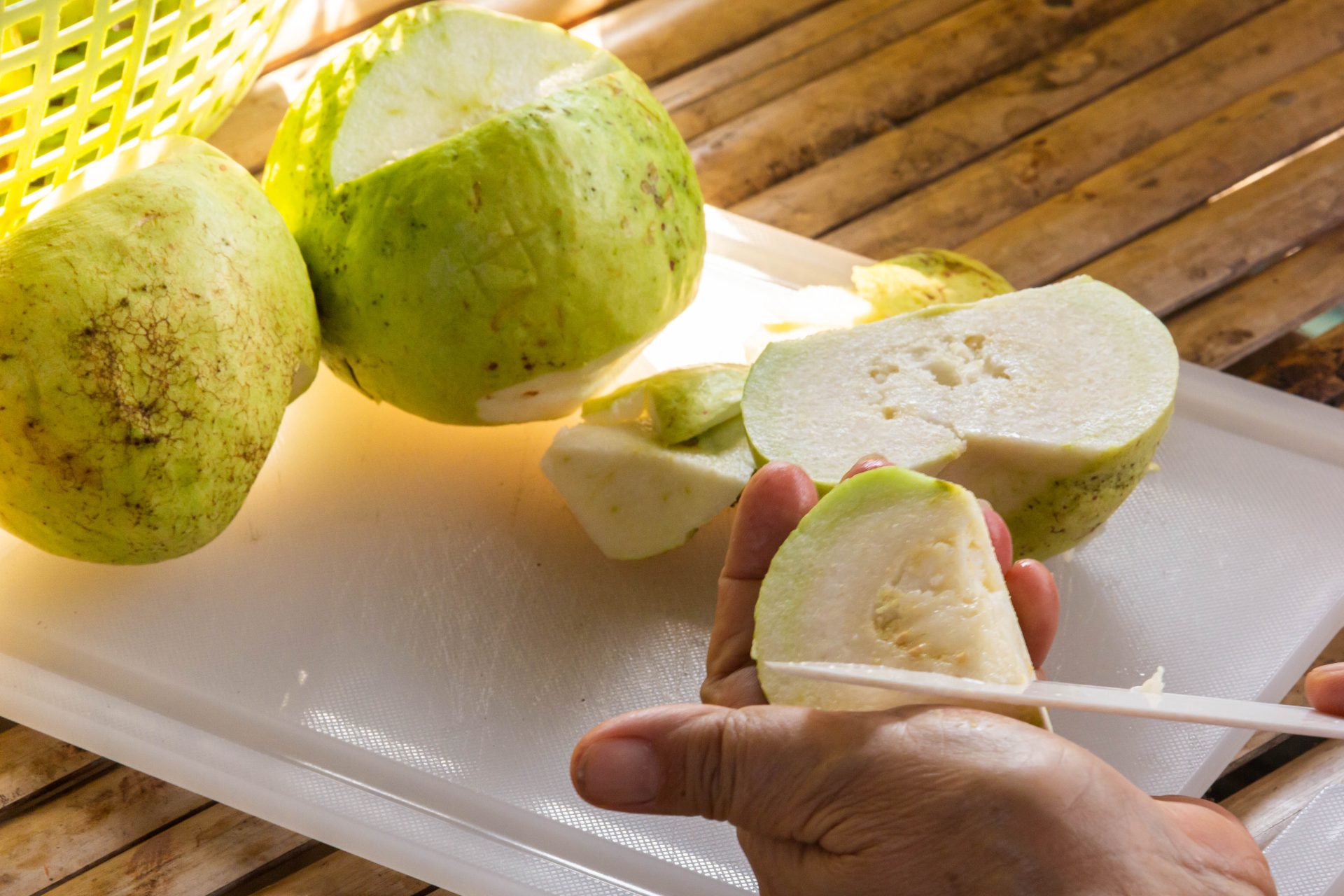
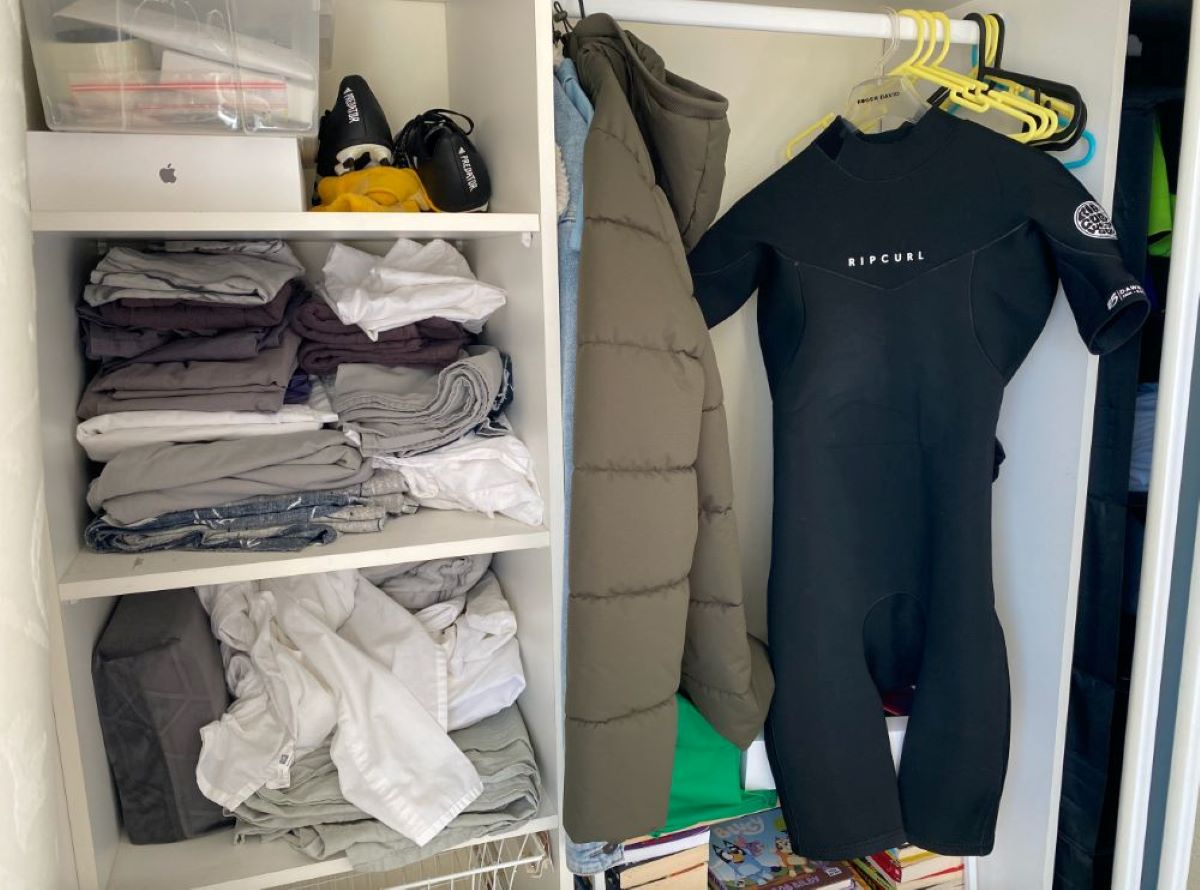
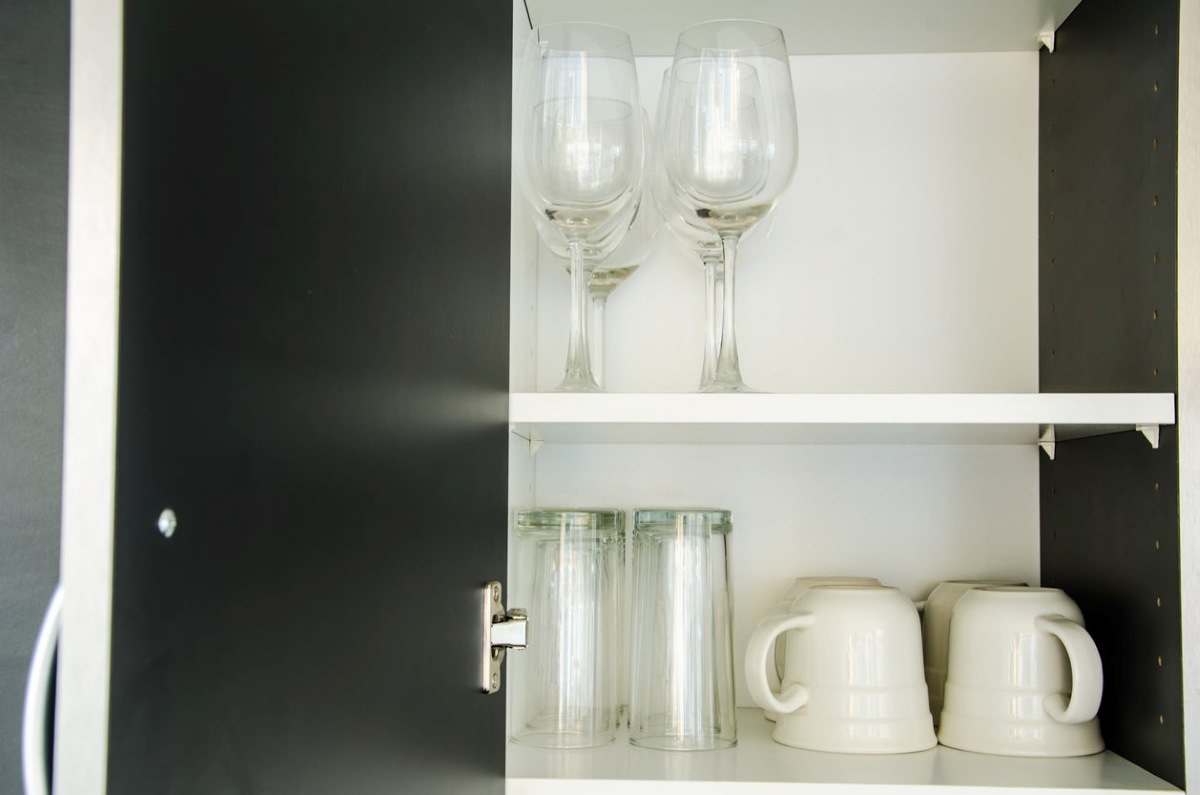


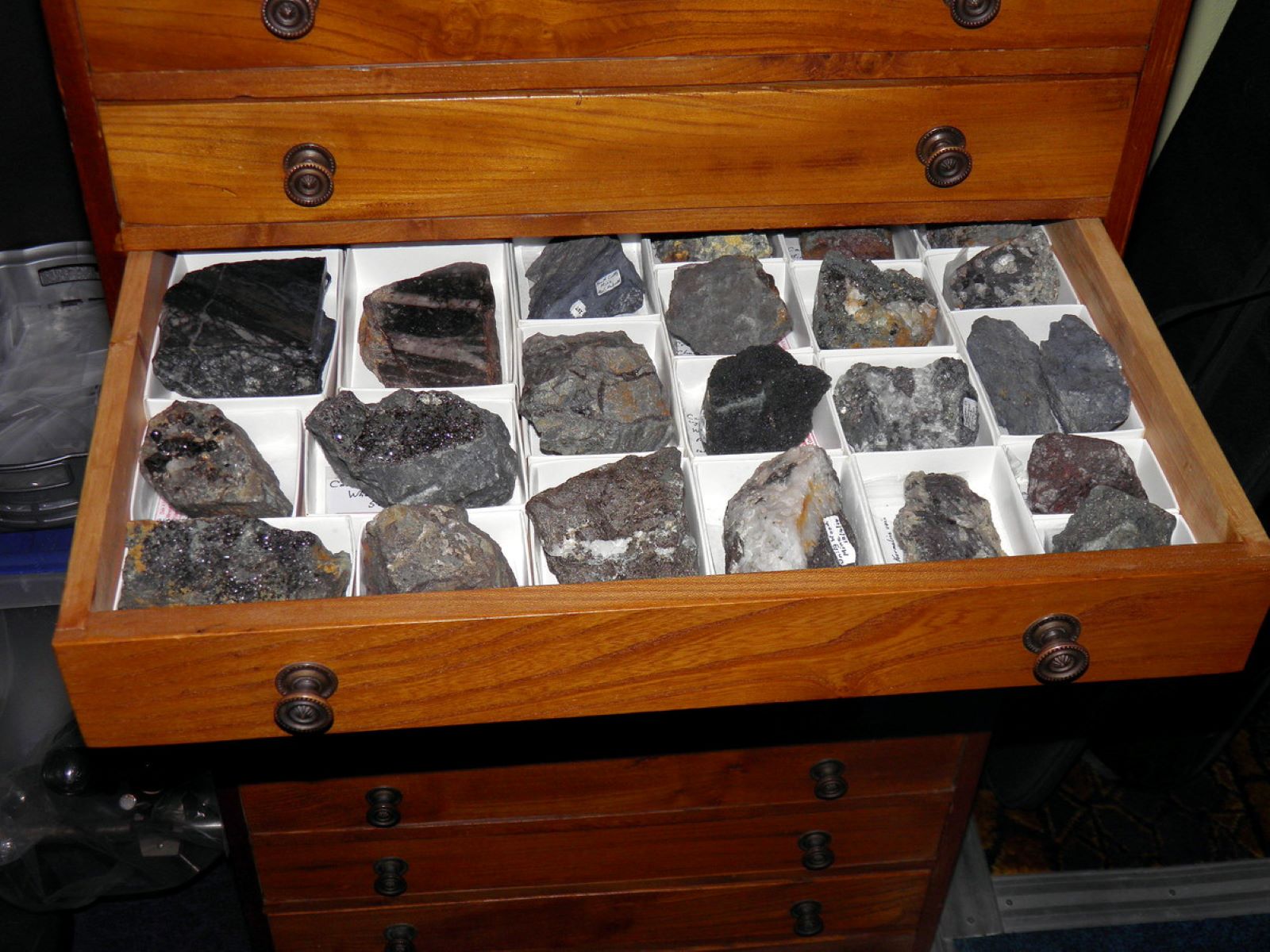
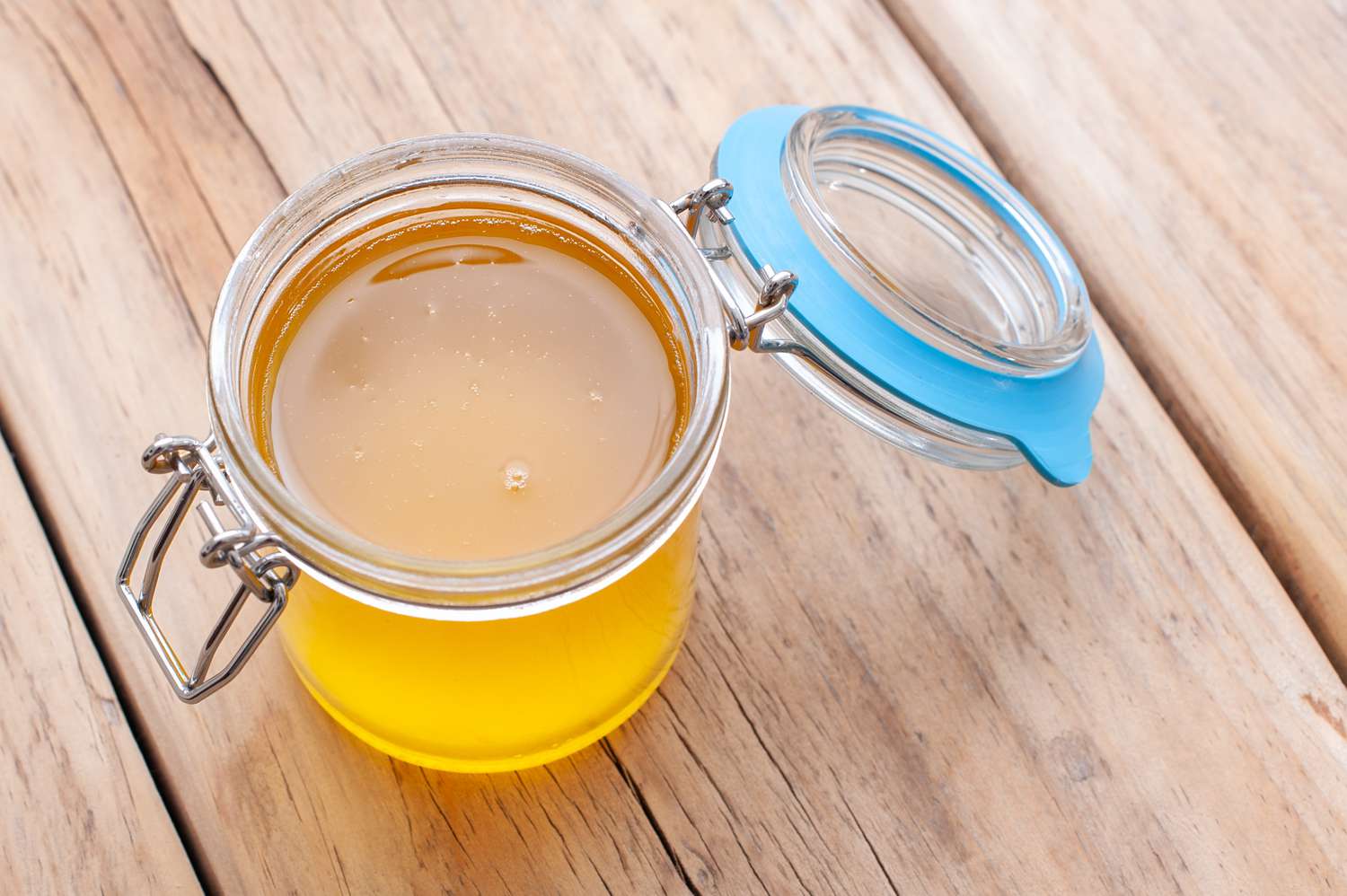





0 thoughts on “How To Store Cannaoil”